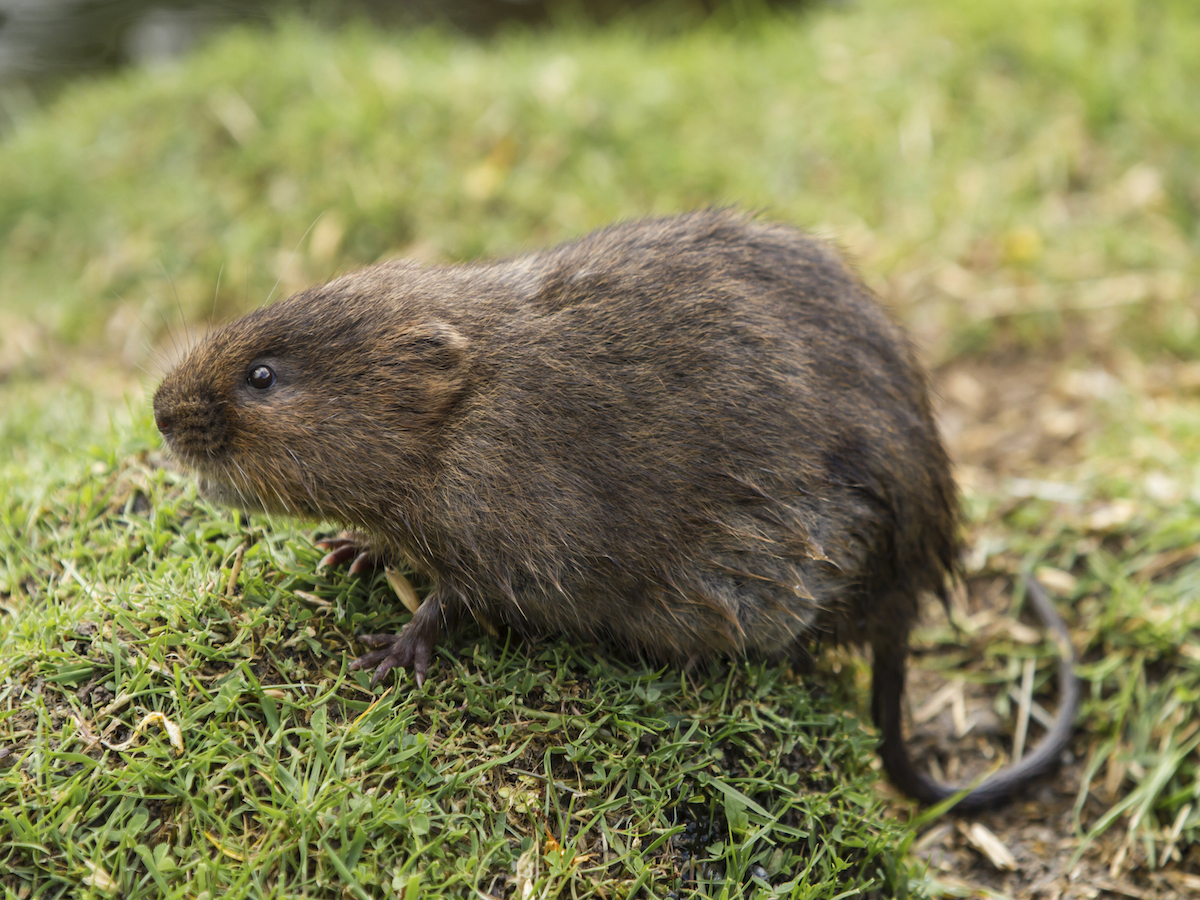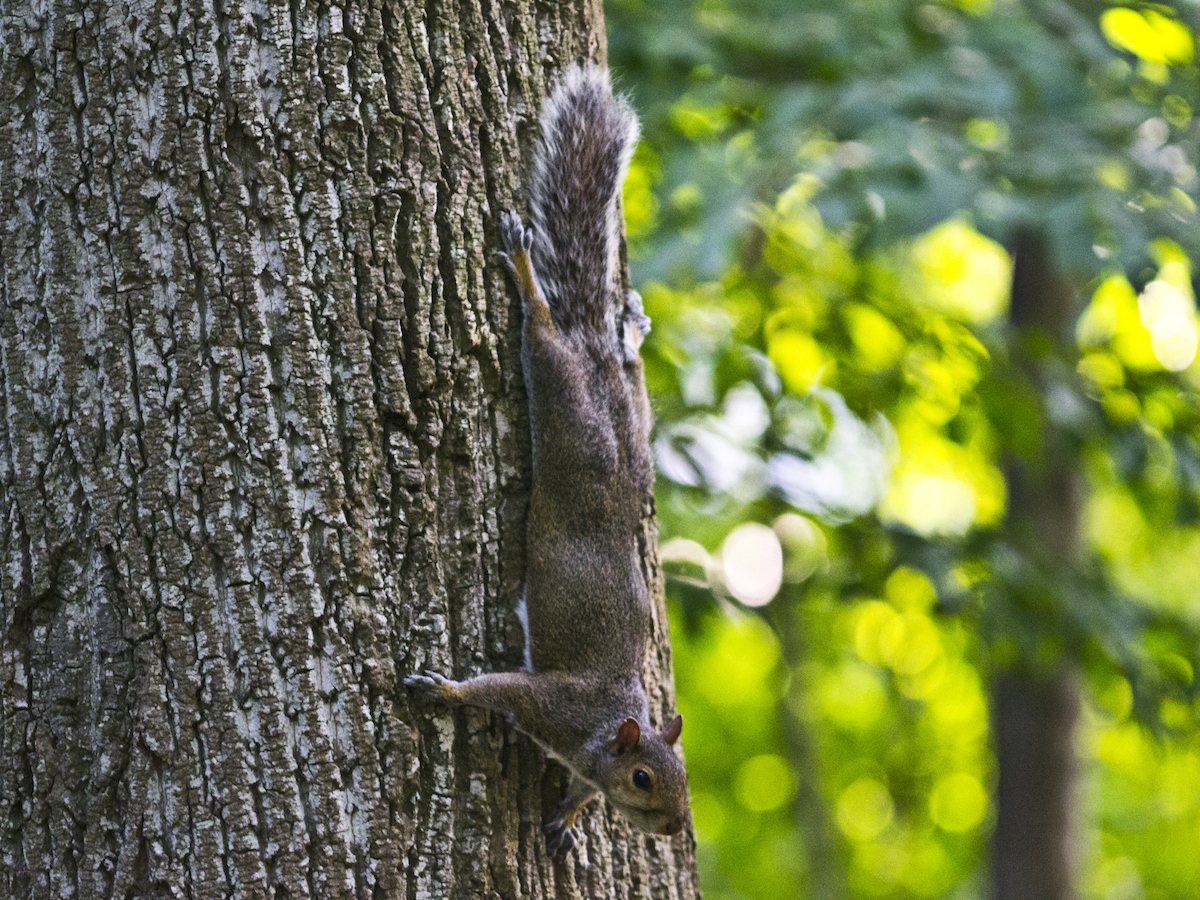Voles Microtus spp.

Color: Usually brown or grey
Size: 4 – 8 ½ inches in length, depending on the species
Legs: 4
Antennae: No
Shape: Compact with stocky bodies, short legs and tails
Region: Found in most regions of the U.S. except the Plains and southern-most states.
What are voles?
Voles, also called meadow mice or field mice, are rodents with small eyes and partially hidden ears. Their underfur is generally dense and covered with thicker, longer guard hairs. There are 23 species of voles in the U.S., including the prairie vole, meadow vole, long-tailed vole, woodland vole, Oregon vole and California vole.
Voles are active day and night, year-round. They do not hibernate. Voles eat plants, especially grasses and seeds, as well as bark, crops, insects and animal remains. Voles can have between one and five litters per year, with an average of five young in each litter. Vole population levels fluctuate and generally peak every two to five years. Dispersal, food quality, climate, and physiological stress all influence population levels.
Voles construct tunnels with numerous burrows entrances. A single burrow system may contain several adults and young.
Voles can cause extensive damage to orchards, tree plantings, and field crops. Voles eat crops and also damage them when they build extensive runway and tunnel systems. Voles also can ruin lawns, golf courses and ground covers. Voles rarely come in contact with humans and therefore pose no major public health hazards; however, they are capable of carrying disease organisms, such as plague and tularemia.
The most effective way to prevent voles is to keep lawns, vegetation and cultivated areas well-trimmed by mowing, spraying or grazing. Eliminate weeds, ground cover and litter in and around crops and lawns to reduce the capacity of those areas to support voles.Keep mulch at least three feet from the bases of trees. Soil tillage is also helpful as it destroys existing burrow systems.
If you suspect an issue with voles in your home, the best course of action is to contact a licensed pest control professional. They will conduct a thorough inspection to identify the full extent of the problem. Once the situation is properly identified, the appropriate control measures can be taken.
You can find a certified pest professional near you with the helpful zip code search below.




